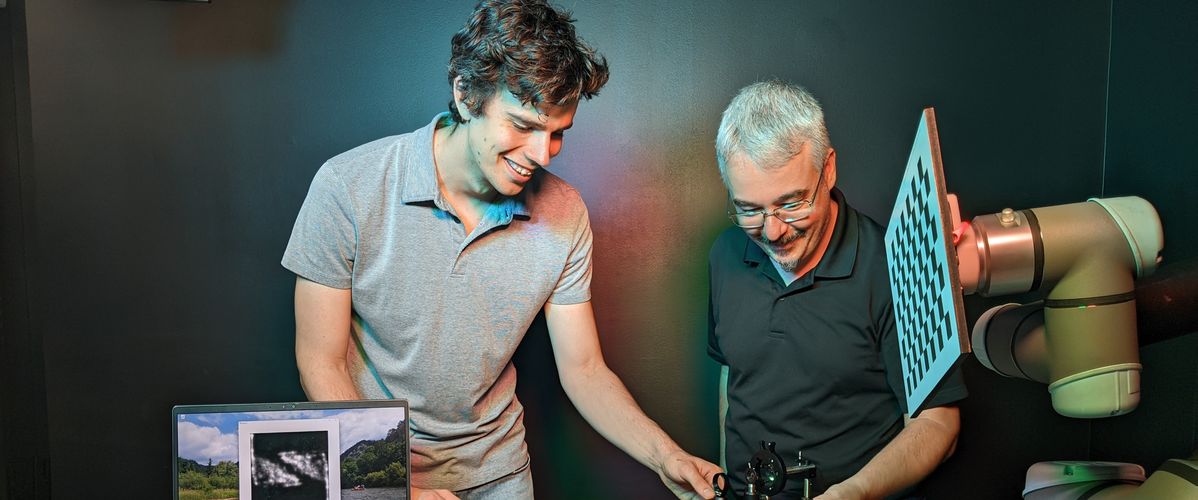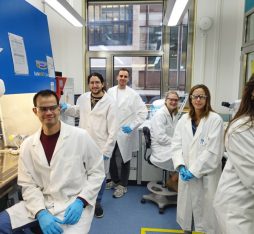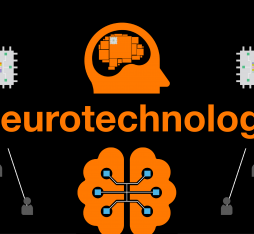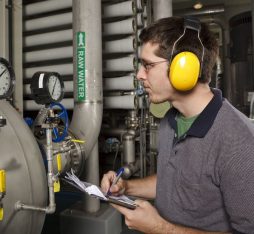• The current prototype scrambles visual information before it’s digitized, but nonetheless creates images that are sufficiently detailed to allow for the efficient functioning of vacuum cleaners and other IoT household devices.
• Cameras of this type will be more expensive to produce, but they will enable manufacturers to provide explicit guarantees on respect for privacy. However, they will not be suitable for certain applications like self-driving cars.
Televisions that eavesdrop on private conversations, vacuum cleaners that film people on the toilet: IoT devices can put personal privacy at risk, and current solutions that provide them with additional protection are still highly vulnerable. “Anything that records images on a hard drive can be attacked by hackers and may also be subject to accidental data breaches,” explains Adam Taras, an engineer at the University of Sydney. In a research paper co-authored with colleagues from Queensland University of Technology, Taras details a possible camera design that will enable IoT devices and robots to function as they should, while ensuring that they are unable to compromise their owners’ or other people’s privacy. “Instead of changing the way video is processed, we changed the way it is captured, modifying lenses to remove information that may undermine privacy before it is recorded.”
Pirated or breached data that is made available online won’t ever be compromising
Instead of capturing all of the available light, the camera proposed by the researchers imposes filters to dumb down visual information. “Electronic signals from camera sensors are processed in hardware before being converted into digital values and stored,” which means that pirated or breached data made available online won’t be ever be compromising. At the same time, the goal of enabling IoT devices like robot vacuum cleaners to be fully functional will be fulfilled. By running a simulation using altered images, the researchers were able to prove that robotic systems would be still able to perform their usual tasks without any problem. To carry out the simulation, researchers replaced imagery from a traditional IoT device camera with pictures that had been modified to resemble footage from their novel sensor design.
“In the future, we believe that we could develop broader applications for object detection and classification: two functions that play a key role in the Internet of Things.” Having said that, the new sensors are unlikely to feature in driverless vehicles. “Tools of this type are appropriate for low-risk applications. Their architecture could be reworked for other environments, but it would be a real engineering challenge,” points out Adam Taras. “The advantage of our approach is that it limits the use of computing resources, but at the same time, it throws away information and details, which means that it is currently impossible to use it for certain other applications.”
Given their special features, manufacturers will have to pay more for cameras of this kind. “We have successfully simulated the manner in which they will function, but our prototype is still 30 cm by 30 cm. We believe that it can be perfected once we have overcome our main current challenge, which is to implement optical filtering.” As it stands, the researchers are hoping to achieve this objective with a motorized mirror or a digital micromirror device (DMD). As for software components, those that are already installed in IoT devices will have to be adapted. However, this is unlikely to pose significant obstacle to the construction of privacy-preserving cameras given that image processing software is modular and is already adapted for use with a variety of cameras and sensors like LiDAR scanners.
Sources :
Adam K. Taras, Niko Sünderhauf, Peter Corke, Donald G. Dansereau, Inherently privacy-preserving vision for trustworthy autonomous systems: Needs and solutions, Journal of Responsible Technology, Volume 17, 2024, 100079, ISSN 2666-6596
 Adam Taras
Adam Taras











